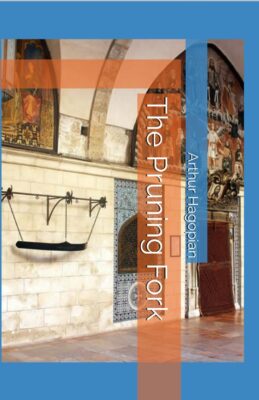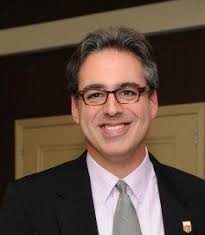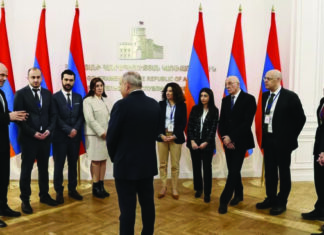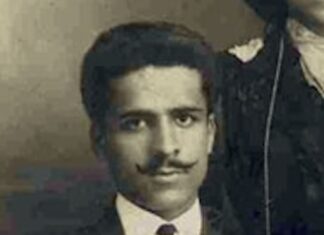RYDE, Australia — The Pruning Fork is a new book by Arthur Hagopian, former journalist and foreign correspondent (AP, Reuters, The Canberra Times etc.) in which he visualizes the end of hostilities between Israelis and Palestinians after the signing of a comprehensive peace agreement.
“No more war,” the two sides now pledge, putting to an end over 60 years of internecine bloodshed that has seen thousands of Arabs and Jews (and members of the Holy Land’s Christian population), killed and sounded and countless disenfranchised.
The main, implausible, architect whose monumental efforts have succeeded in bringing the two sides to the negotiating table, is the 99th Armenian Patriarch of Jerusalem, Archbishop Mihran Pakradian.
A genocide survivor himself, he knows full well the meaning of human suffering and deprivation.
Cast out into the searing, inhospitable Syrian desert, he is saved from perdition by another young survivor whose later heroic efforts to defuse an errant missile cause him to lose his eyes.
But the horrors the two have been subjected to, fail to make a dint in the profound core of compassion that nests in their breast, and they enter the service of the Armenian Church in Jerusalem.









